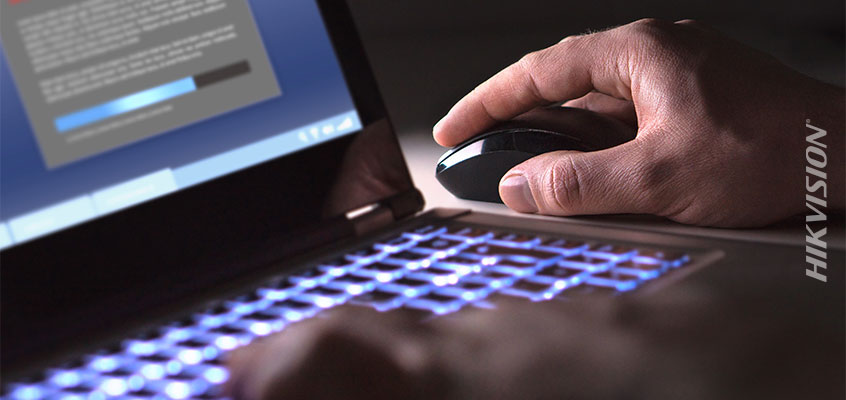Hikvision Senior Director of Cybersecurity on Recent Coronavirus-Related Malware and Phishing Attacks, Plus Password Manager Tip

In a previous blog, Hikvision Senior Director of Cybersecurity Chuck Davis discussed phishing hacks and malware related to the coronavirus, and tips to avoid them.
In this blog, Davis provides an update on recent malware and phishing attacks related to COVID-19.
As the COVID-19 coronavirus becomes a global concern, cybercriminals are leveraging this tragedy to spread their own kind of virus and digital attacks to prey on the fears of people around the world.
Recently in Coronavirus-Related Malware and Phishing Attacks
Recently, there were more COVID-19 malware and phishing attacks, a cyberattack against the U.S. Health and Human Services Department, a new and growing botnet that recruits IoT devices, credit card skimming on websites, and a security firm re-breaches over 5 billion records. Here’s a summary of some recent cyberattacks:
- Malware: A malicious app that supposedly tracks coronavirus victims, is actually demanding ransom payment from Android users, according to GrahamCluley.com.
- Cyberattack: Covered in the Bloomberg News article, “Cyberattack Hits U.S. Health Agency Amid Covid-19 Outbreak. “We are aware of a cyber-incident related to the Health and Human Services computer networks, and the federal government is investigating this incident thoroughly,” John Ullyot, a spokesman for the National Security Council, in the article.
- More Patches: Adobe Releases Critical Patches for Acrobat Reader, Photoshop, Bridge, ColdFusion, according to TheHackerNews.com. “This week, Adobe released a massive batch of out-of-band software updates for six of its products to patch a total of 41 new security vulnerabilities. This is in addition to the 170+ patches released by Microsoft last week,” said the article.
- Botnet: Via KrebsonSecurity.com: “Zxyel Flaw Powers New Mirai IoT Botnet Strain.” From the article: “In February 2020, Zyxel fixed a zero-day vulnerability in its routers and VPN firewall products. This week, security researchers said they spotted that vulnerability being exploited by a new variant of Mirai, a malware strain that targets vulnerable Internet of Things (IoT) devices for use in botnet attacks.”
- Credit Card Skimming: Cybersecurity and anti-virus software company, Bitdefender, covered recent card skimming in this article: “More Business Websites Hit by Credit Card Skimming Malware.”
- Data [Re]Breach: A security firm leaves a massive database, containing more than five billion data breach records, without any password protection on the internet. The records were taken from past security breaches between 2012 and 2019, reports Graham Cluley.
Tip to Avoid Coronavirus Cyberattacks: Use a Password Manager
The password is something we all love to hate. Many of us have to create hundreds of passwords and we are told by the paranoid cybersecurity experts to make them long and use all of the character sets on your keyboard so that your password is not easy to guess. This also makes passwords difficult to remember, so what do most people do? They re-use passwords—which is also a big no-no.
While we all know these general rules, most people don’t know why they exist and subsequently, do not follow the advice of the crazy cybersecurity wonks.
So how you can achieve this and actually make your digital life more secure and much easier? Enter the Password Manager!
A Password Manager is a software tool that is used to store all of your passwords in an encrypted file(s) so that you have very easy access to them, but nobody else can get to them. Most modern password managers have additional features such as cloud storage, auto-filling fields and password generators that make very good passwords.
The password manager is installed on your computer and/or mobile device and it allows you to have huge passwords (most of mine are over 60 characters in length) and you never need to know, or see, or type any of them. Brilliant!
Read this Hikvision article to learn more about Password Managers as an effective tool to reduce malware, hacks and other security concerns.
